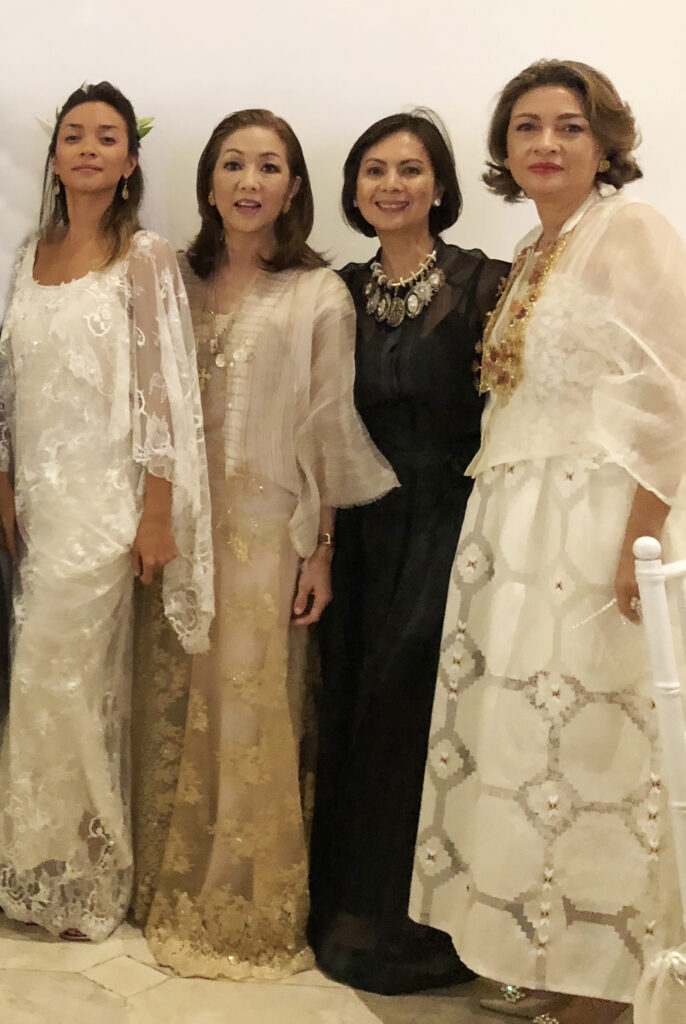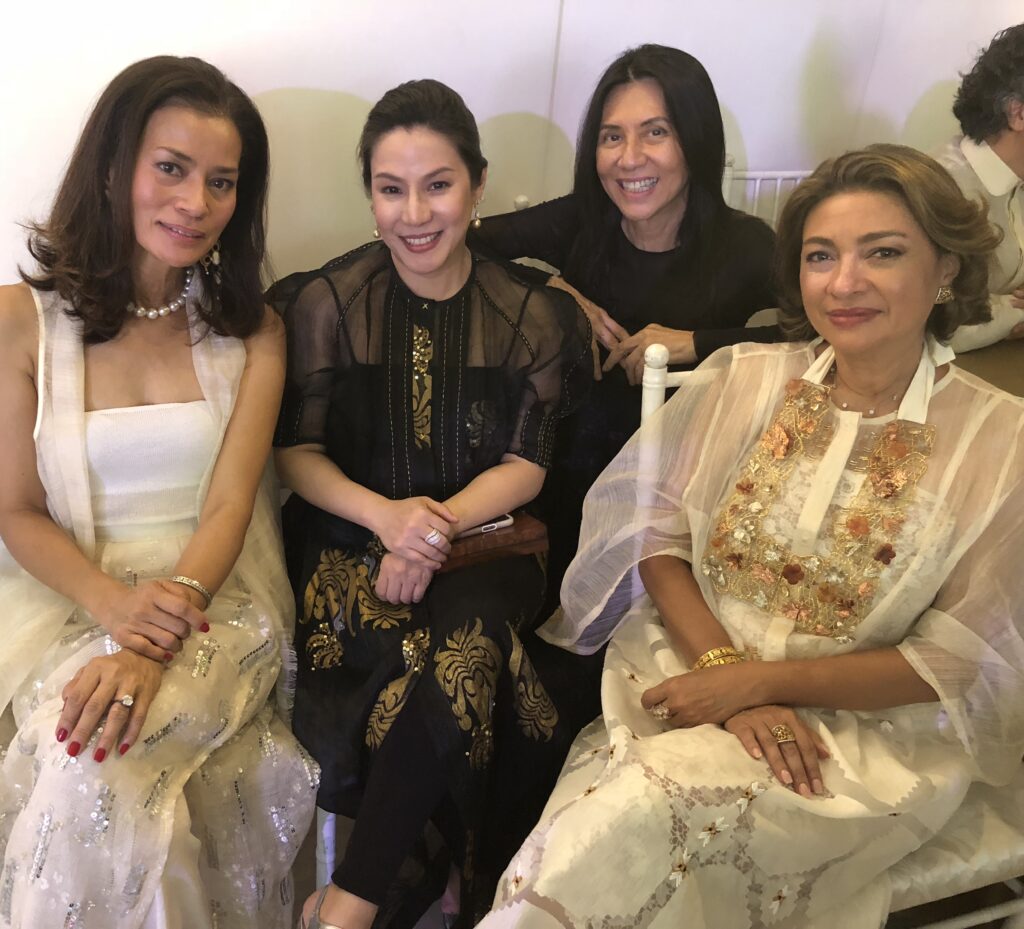What makes this national dress special and a reflection of its wearer’s pride in being Filipino? Despite the impression that it’s difficult to wear, what does it imbue its wearer that a contemporary or Western dress doesn’t? This Independence Day, a number of the country’s leading designers share their insights with PeopleAsia on the terno, a unique and quintessentially Filipino wear.
By ALEX Y. VERGARA
The terno, as it appears today, is a product of decades of evolution, which, insist certain historians and academics, antedates even the late Ramon Valera’s attempts to Westernize it soon after the war. And it wasn’t, as some misguided beauty queen once said, an invention of then First Lady Imelda Marcos, who, at the height of her power, was once dubbed by the foreign press as the “Iron Butterfly,” thanks in no small way to the ternos and their signature butterfly sleeves she constantly wore with aplomb both here and abroad.
For good or bad, Imelda popularized the terno, becoming a global icon on the world stage, even if it meant unwittingly turning it into a symbol of the Marcos administration’s excesses. It was also for this reason, as many surmised then, that Cory Aquino, upon assuming power soon after the 1986 People Power Revolution, shunned wearing the terno in favor of the more modest and modernized version of the kimona with modified pagoda sleeves during formal events.
Valera, the first and so far only National Artist for Fashion Design, has been widely credited for updating the terno’s earlier iterations in the form of baro’t saya, traje de mestiza, kimona and even Maria Clara by fusing matching or complementing separate elements like blouse and skirt into one. It was those matching elements, by the way, in the form of both fabrics and embellishments such as embroidery that the terno, which originally referred to a multiple-piece matching suit in Spanish, got its name.

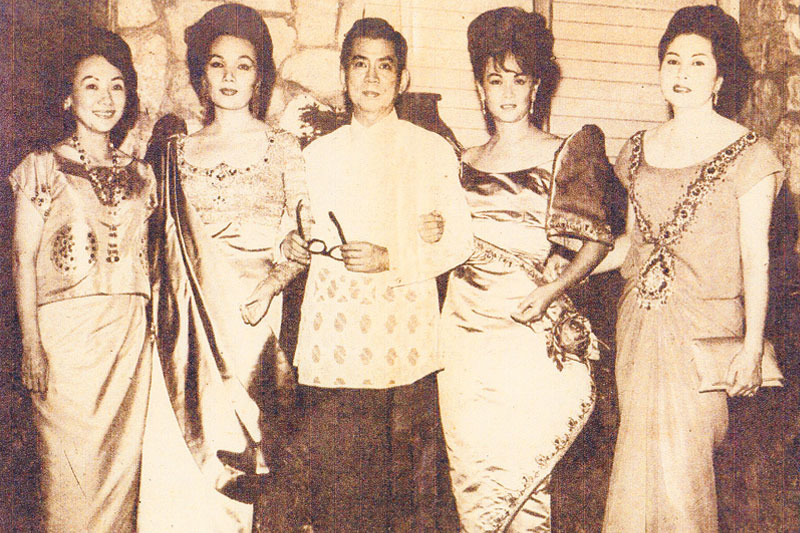
Even up to now, Filipinos also use the word terno to refer primarily to matching articles of clothing, including shoes, be they of the same shade, material, or pattern.
In the process of simplifying and modernizing women’s Filipiniana wear, Valera, or whoever thought of it, also ditched light, nearly diaphanous fabric, usually delicate handwoven piña, in favor of heavier non-transparent materials like various types of silk and cotton blends. Set free from conventions of modesty, which was a reflection of both the times and the baro’t saya’s rather flimsy materials due to limited options and technology, Valera and company also came up with a leaner, slimmer, closer-to-the-body silhouette that could be closed at the back with a then revolutionary invention called the zipper.
Gone, too, were the tapis or overskirt and pañuelo, the fichu-like scarf made of the same material as the blouse, that once draped the wearer’s shoulders and chest. With the pañuelo’s banishment, the wearer’s nape, shoulders and in some cases even her cleavage have now been exposed. And finally, in lieu of pliable butterfly sleeves that most likely required huge amounts of starch or almirol to make them stand, Valera reconstructed the terno’s butterfly sleeves, giving them a solid but hidden built-in support to make them stand all day and all night.
These very sleeves are what makes the terno a terno—Western in silhouette, materials and construction, but distinctly Filipino because of those sleeves and, to a lesser degree, indigenous or reinterpreted embellishments such as embroidery, accents and beadwork inspired by national symbols.
Long after Valera and his predecessors’ death, the terno, as they once perfected and crafted it, continues to evolve to this day—not only in terms of silhouette, interpretations and materials, but by the very nature of how a growing number of Filipino women choose to wear it today—as short dresses and jackets or boleros, for instance, as separate tops and bottoms, or just as tops paired with matching or contrasting pants, including jeans. The butterfly sleeves continue to evolve in size, shape and proportion as well.
Just take a look at more recent interpretations of the terno below, as presented by some of the country’s leading designers and worn by a mix of both famous and not-so-famous women. Despite so many interpretations of the terno, there’s one thing everyone can all agree on: there won’t be a terno and a symbol of Filipino pride and nationhood today without those signature butterfly sleeves or, in some cases, sleeve.
Rajo Laurel
“What makes the terno special is it symbolizes the identity of our nation and our culture. To a certain degree, it’s difficult to wear because you need to project a certain posture while wearing it.
“Such bearing, however, also imbues the wearer with a certain dignity, as the terno requires the wearer to always stand or sit with an erect body. That same confident posture makes the terno and its wearer shine.
“I don’t agree that it’s impractical. I think we need to actually push it forward even more, so that more women would wear it. As designers, we need to be creative by providing solutions and options on how the terno should be worn more frequently. To make it more functional, less intimidating.”
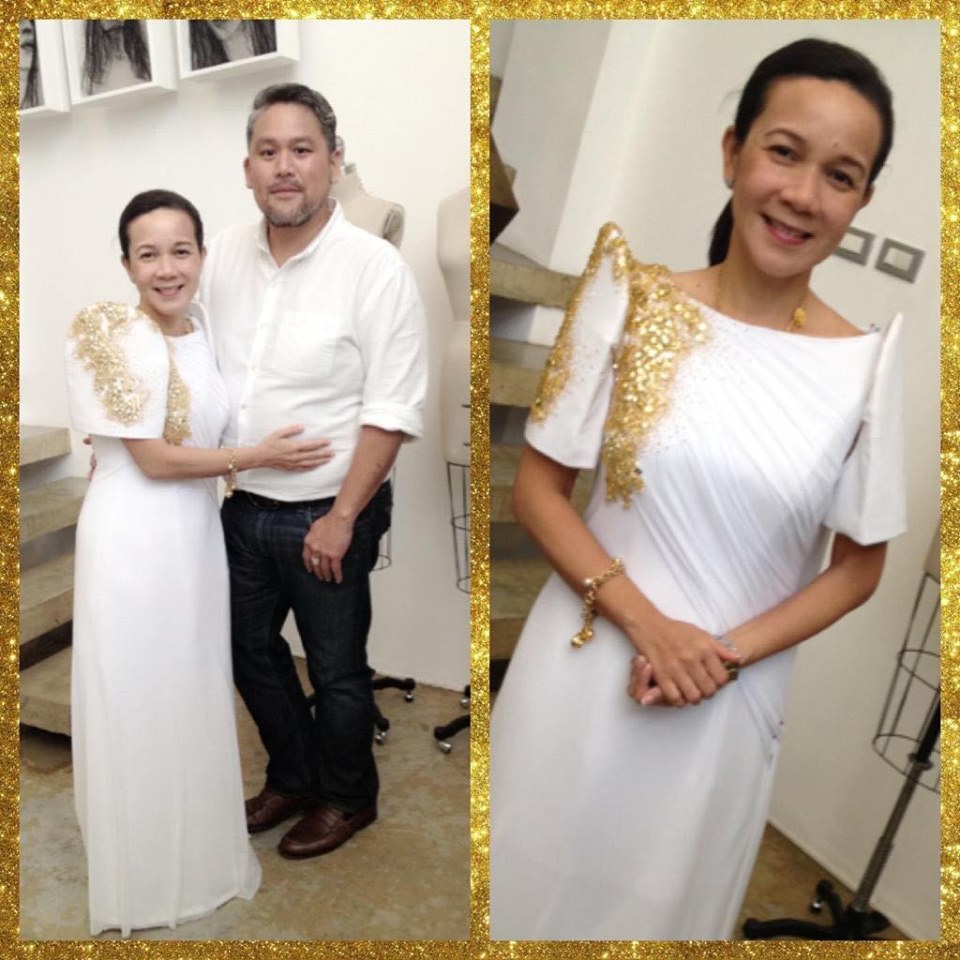
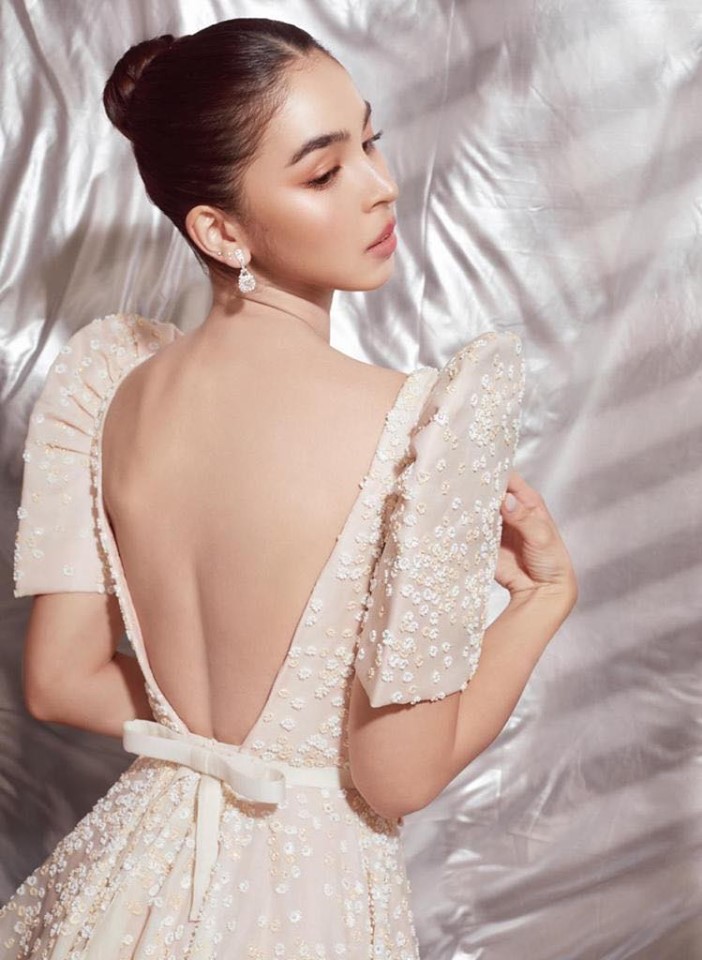
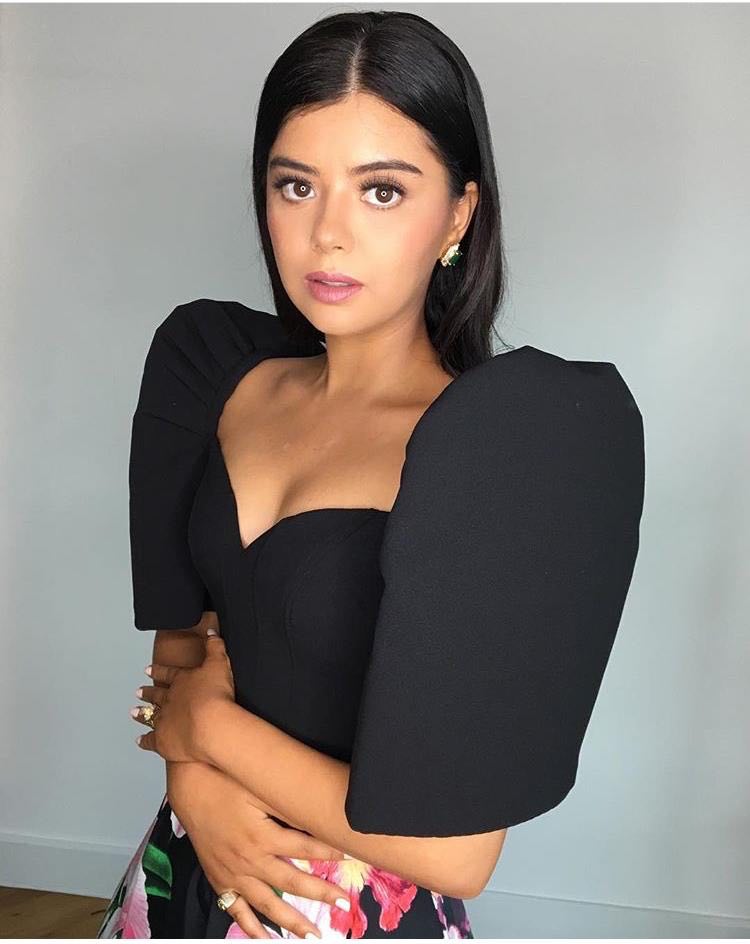
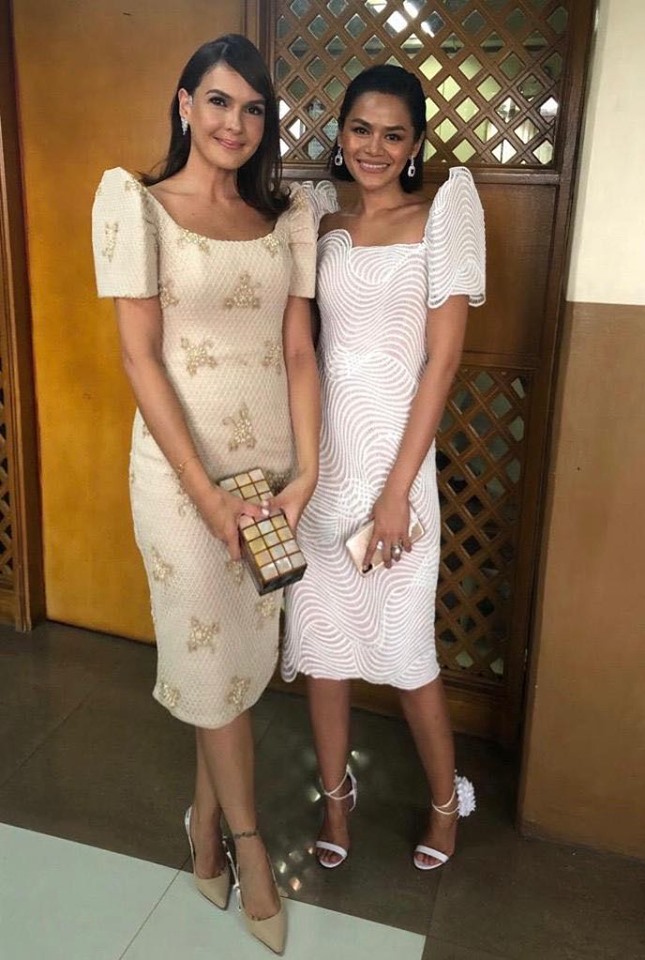
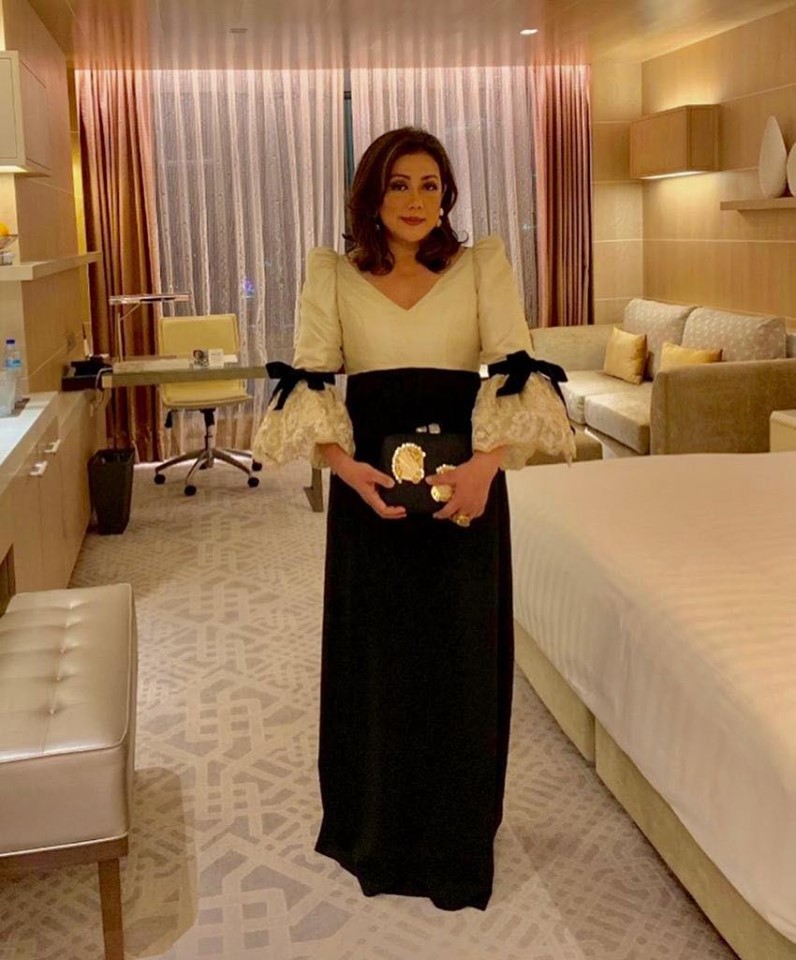
Randy Ortiz
“From what I’ve observed through the years, the ladies wearing the terno exemplify empowered women and women with extraordinary elan and sophistication.
“Wearing it shows the ultimate elegance of a Filipino woman showing a deep sense of culture as well as spirit of nationalism.
“I don’t find it impractical because wearing a terno has become a fashion statement as well as a fashion staple for elegant and fashion-forward Filipinas. However, at this time, while we all face a pandemic, there’s no immediate occasion or event that would require our women to wear the Filipina dress. Furthermore, these trying times should make us more sensitive to the immediate and more pressing needs of a changing world.”
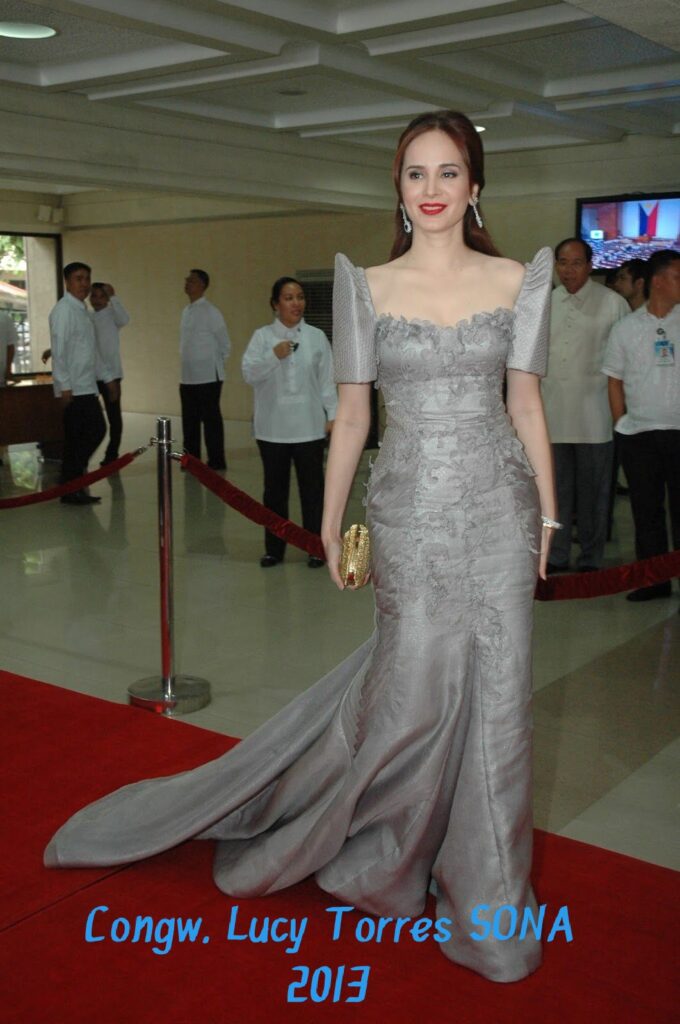
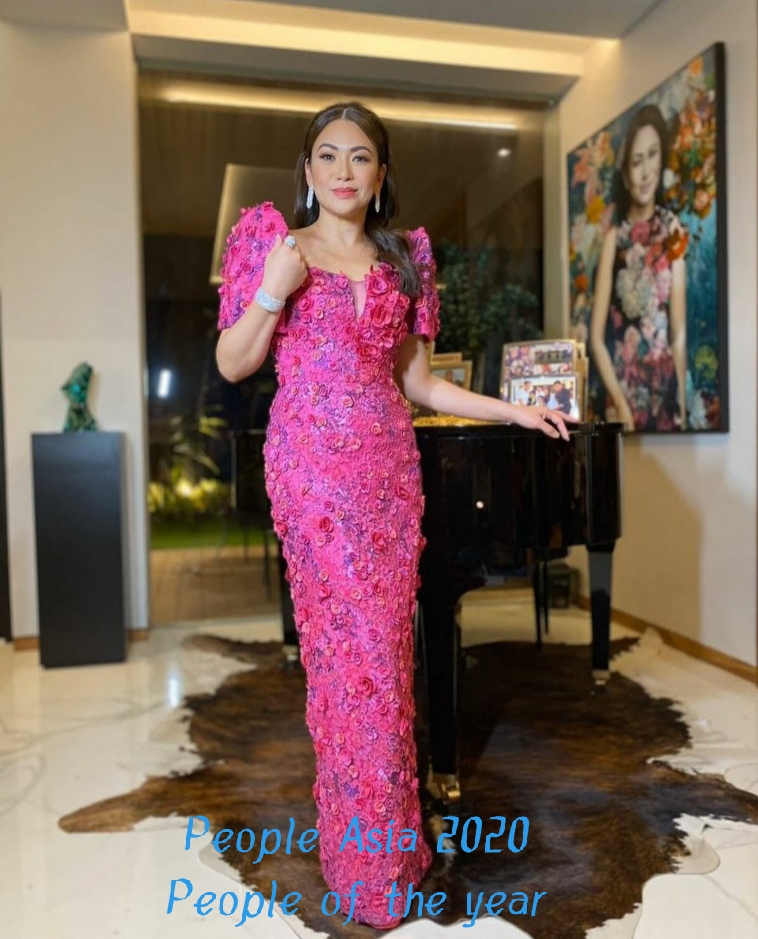
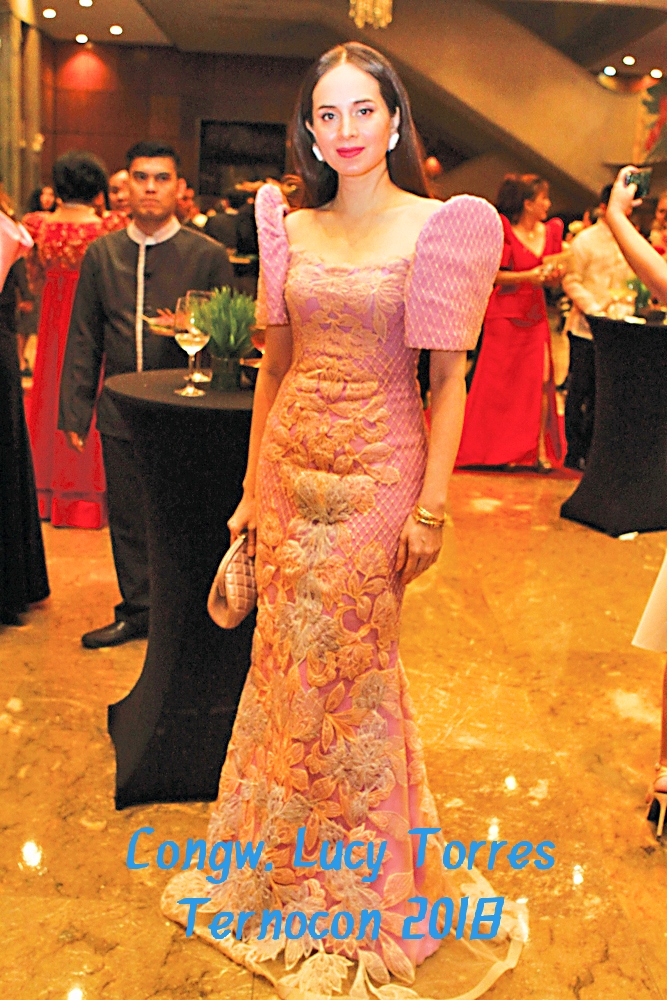


JC Buendia
“The terno gives the wearer an instant ‘lift,’ a regal stance that’s uniquely Filipino—marilag.
“I’ve deconstructed the one-piece terno, which we attribute to Ramon Valera who fused the baro’t saya together, and made it separate again so it’s easier to pack and store. The terno sleeves admittedly limits the wearer’s movement, requiring a certain demeanor. Silent. Powerful.”
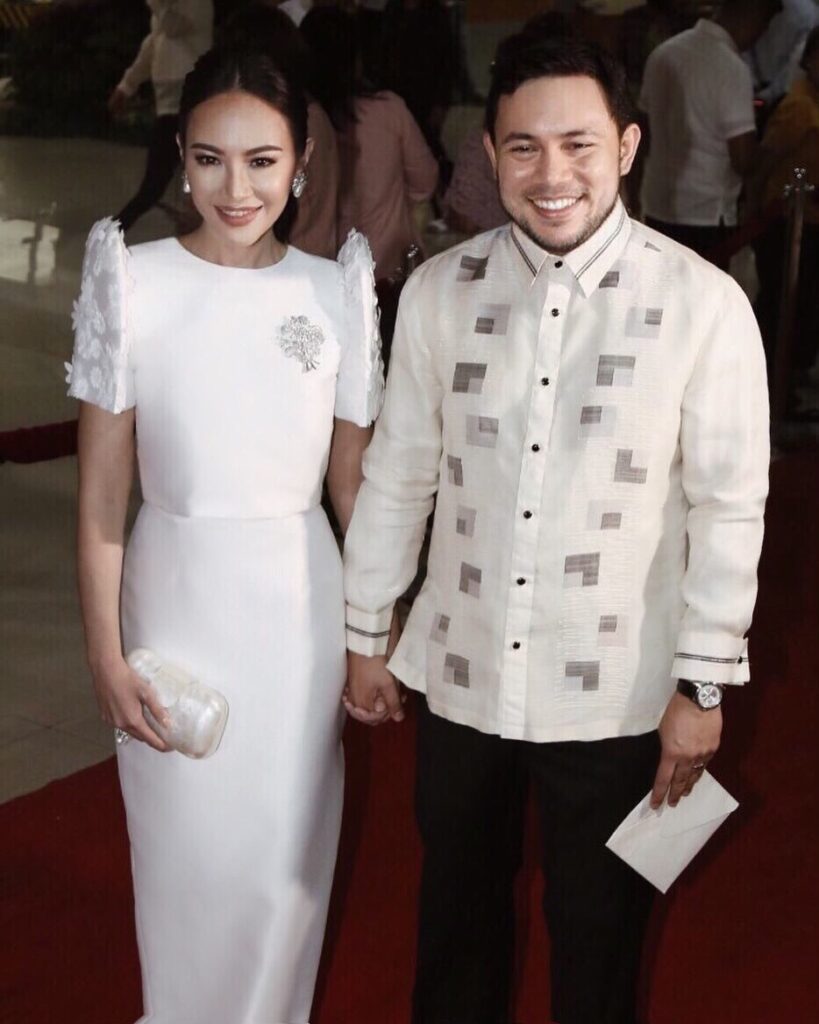

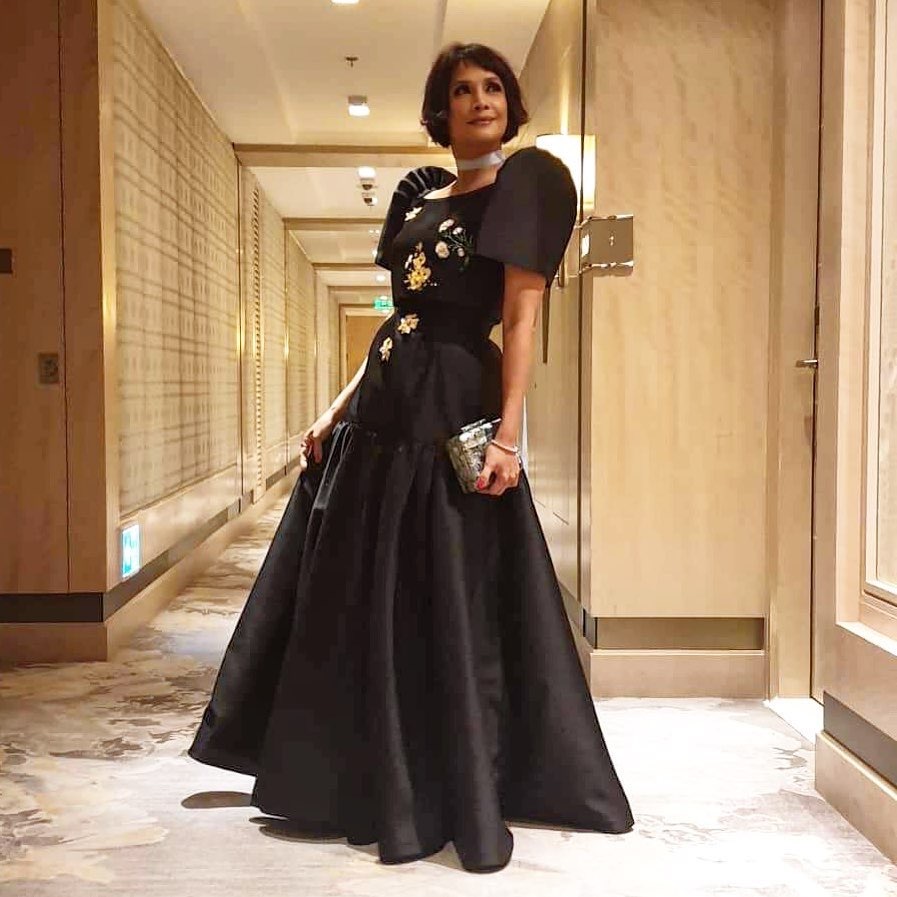
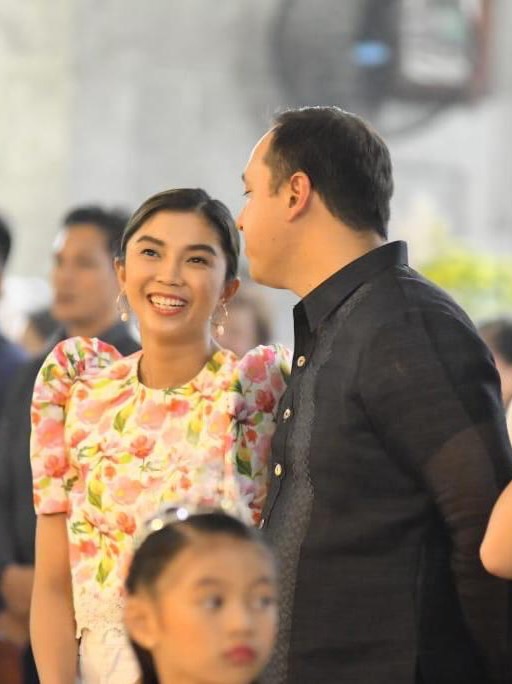
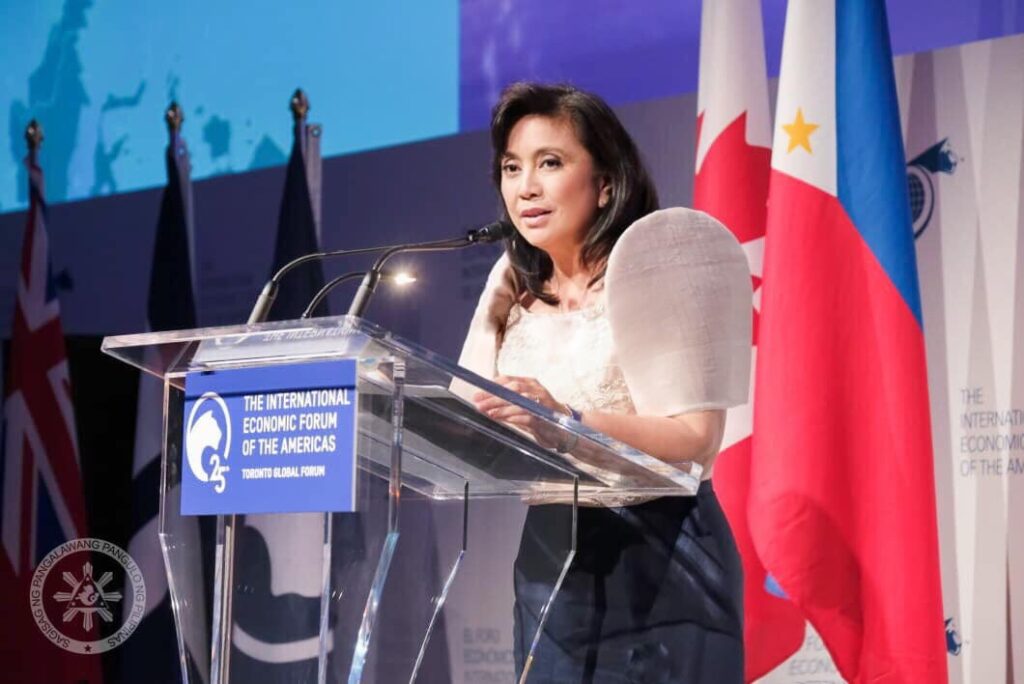
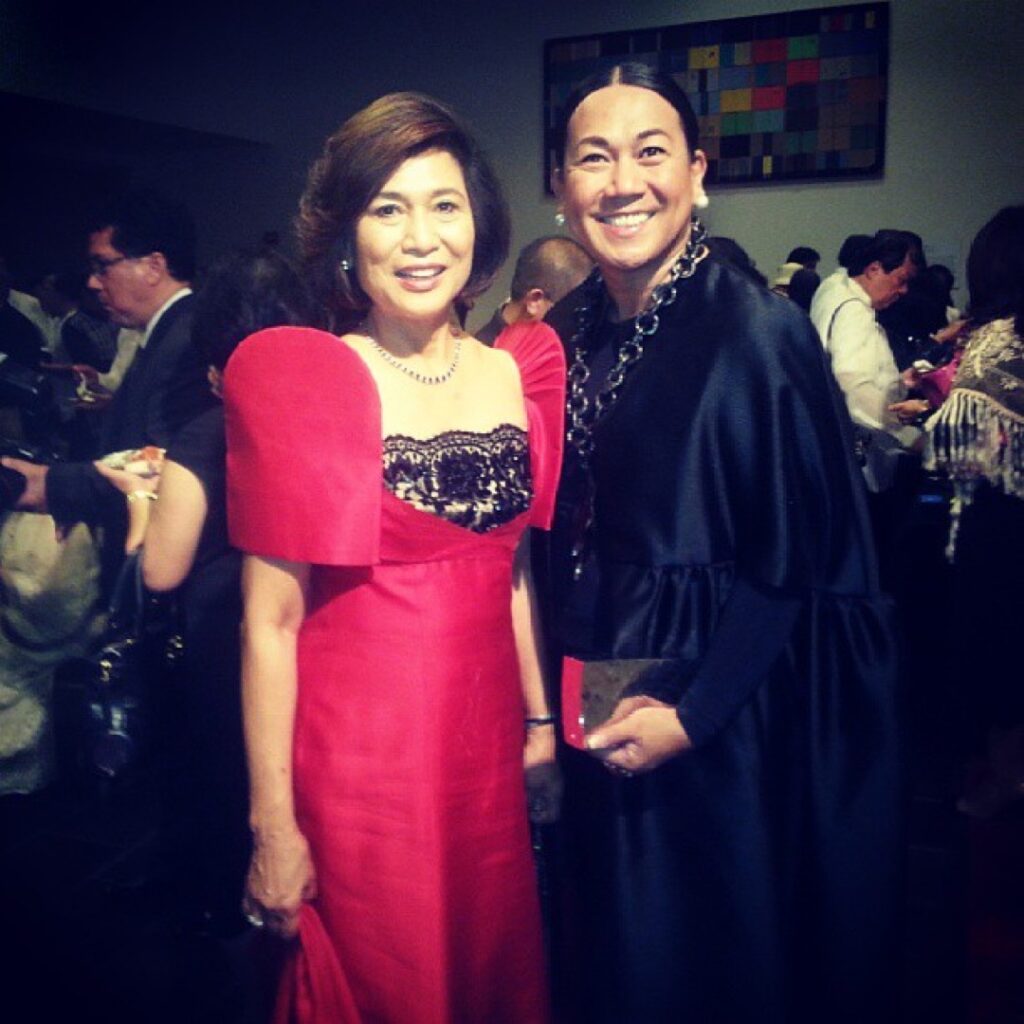
Philip Rodriguez
“The terno showcases the strength and resilience of Filipinos. It looks unique yet feminine. As we start to heal as one during this crisis, it’s best to proudly wear our national identity.
“Through the years, we have seen the terno evolve, but without taking away its main essence, which has remained so unique to us, which are those butterfly sleeves. It has now adapted to modern needs and lifestyles: pants and blouse, bolero, even denim streetwear versions. The sleeves have also become a bit more flexible.
“To me, love of country should be foremost. A little inconvenience in wearing the terno shouldn’t be a hindrance to wearing it more often.”
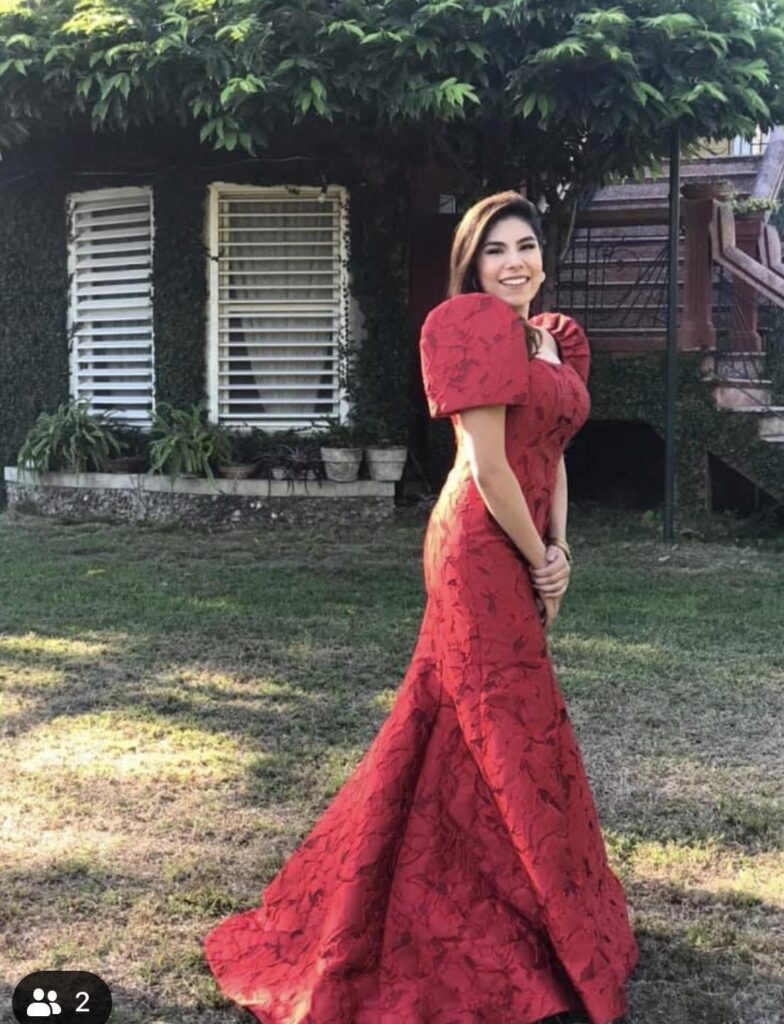
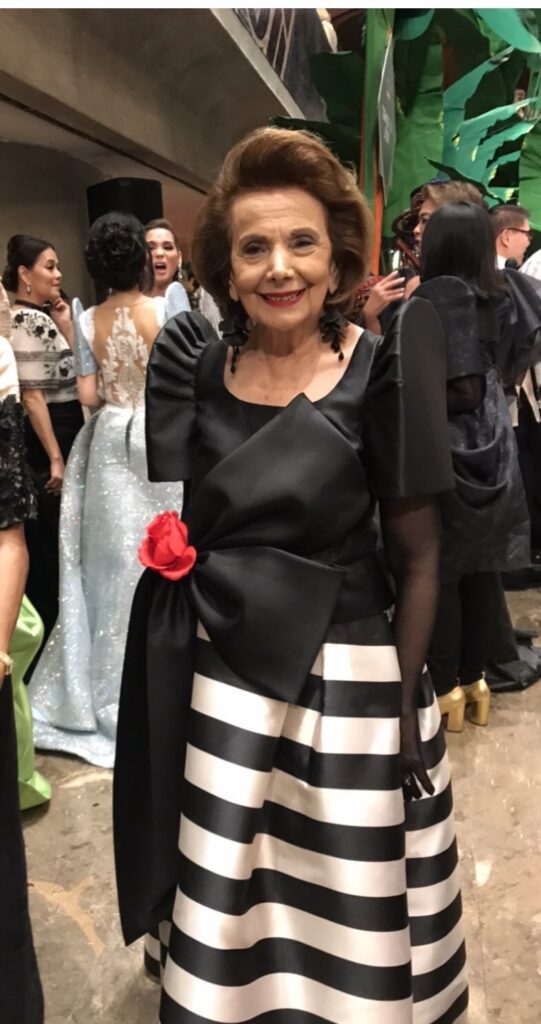


Dennis Lustico
“Whenever one wears a terno, she becomes a symbol of the nation. She basically carries the whole archipelago with her on her shoulders. It’s practically wearing our identity on our sleeves.
“The terno, like almost all our other national dresses, has a way of limiting its wearer’s movements. And we should respect it as such, and not modify the terno and push it to become something else. Once we’ve reached this acceptance, there would be less difficulty and definitely no feeling of impracticality on the wearer’s part.
“The terno offers its wearer a unique combination. Thanks to its open neckline and those butterfly sleeves, it’s really designed to frame and draw attention to the face. There’s also something invisible that seems to pull your back and keeps you from slouching while wearing it. Thus, you look taller, leaner, and more poise in a terno.”
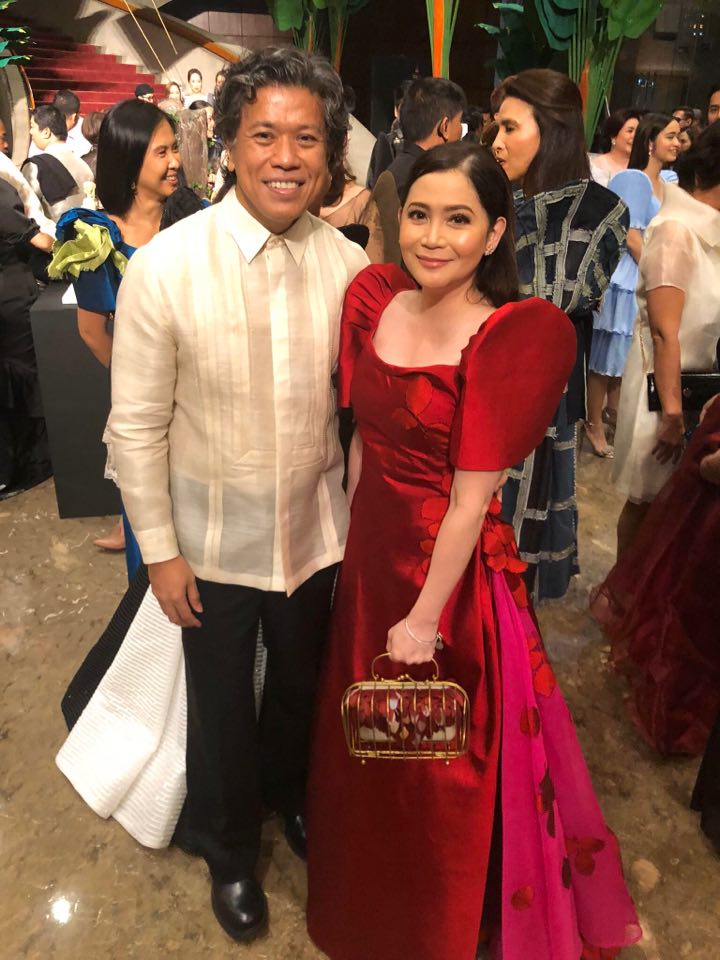
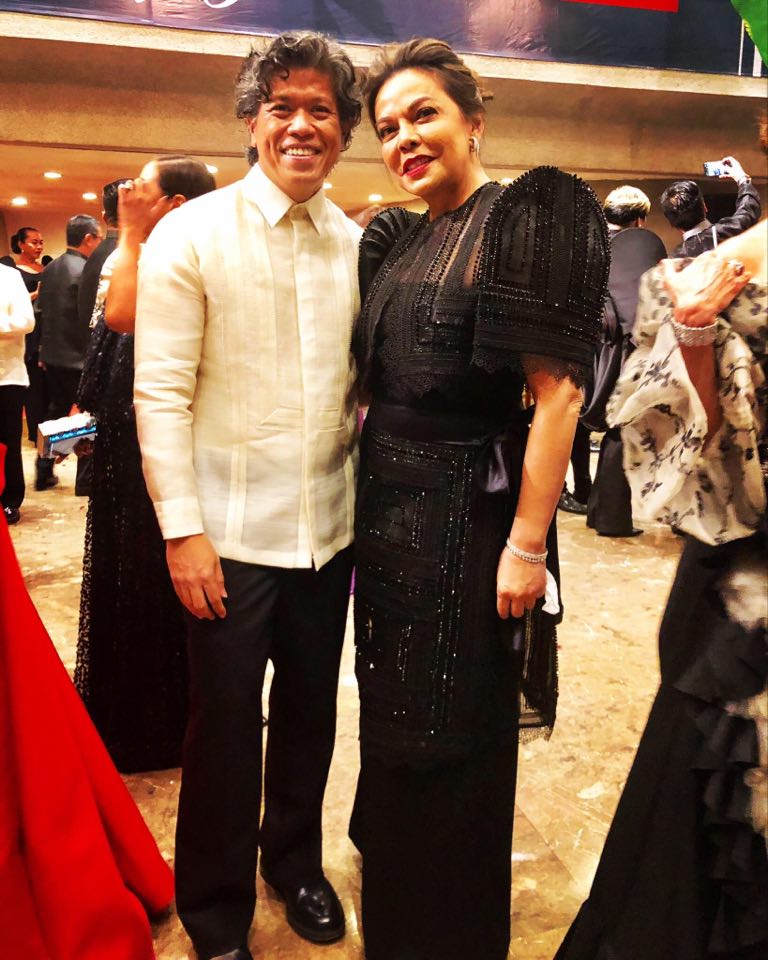
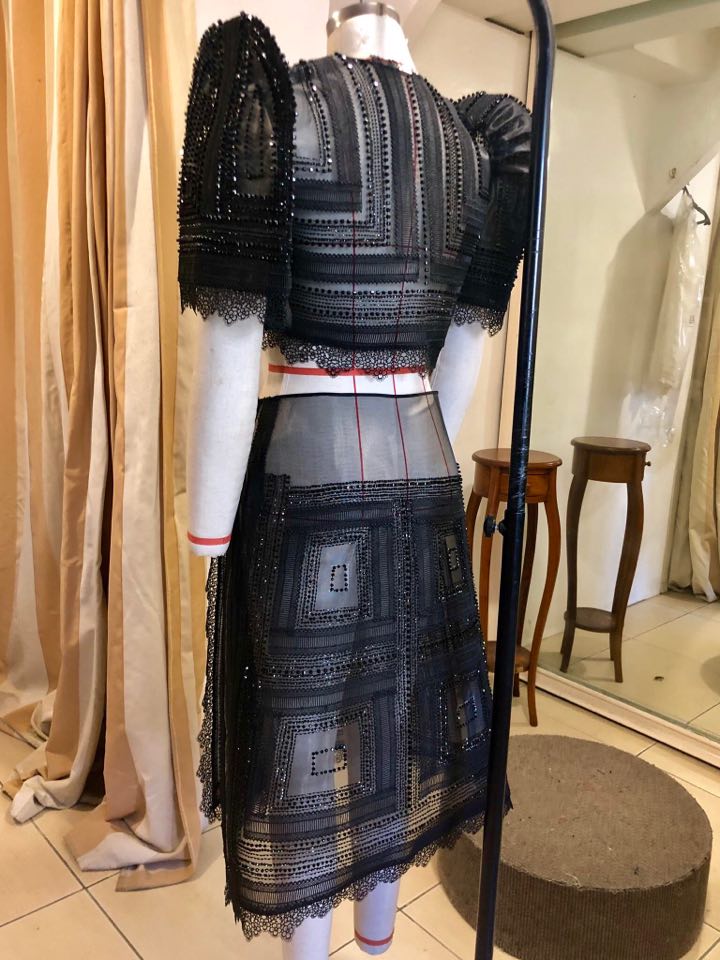
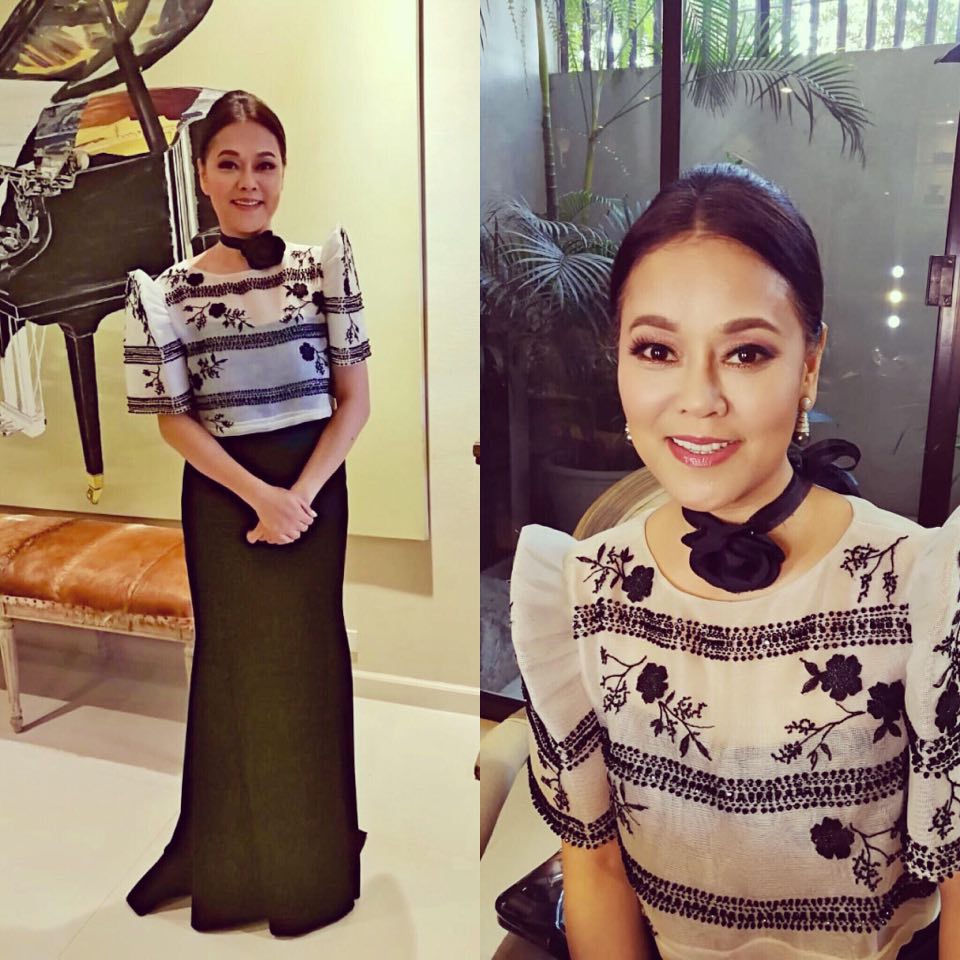
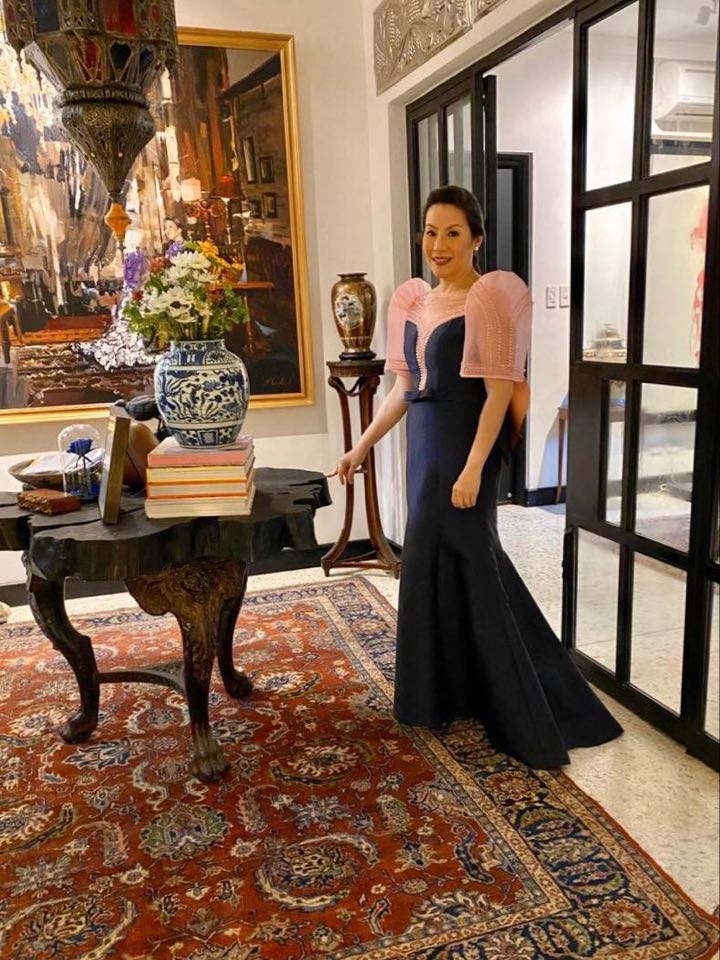
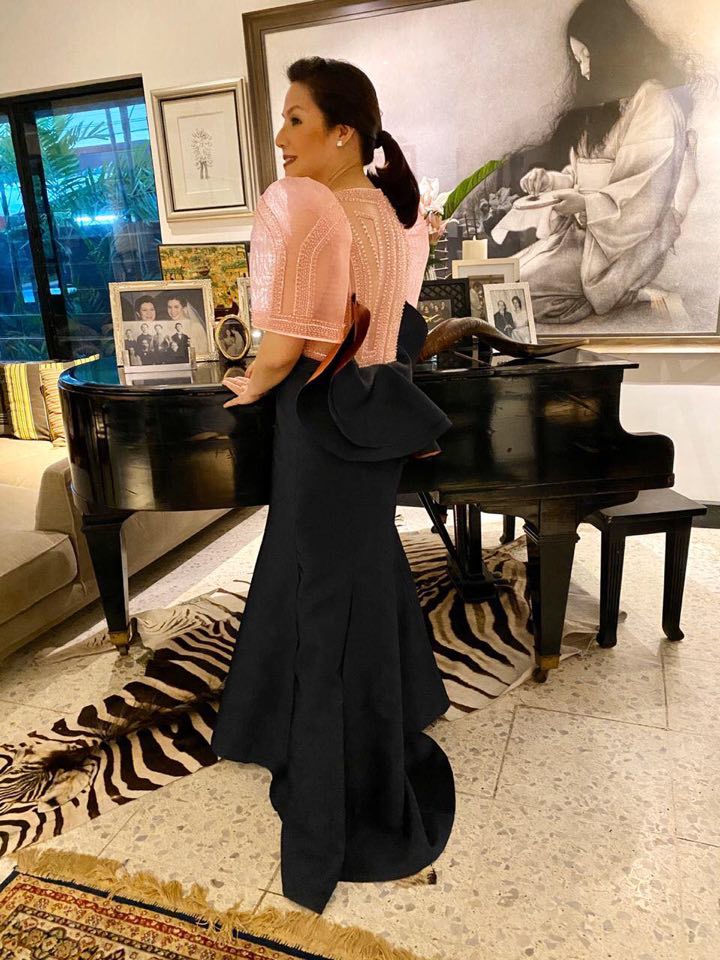

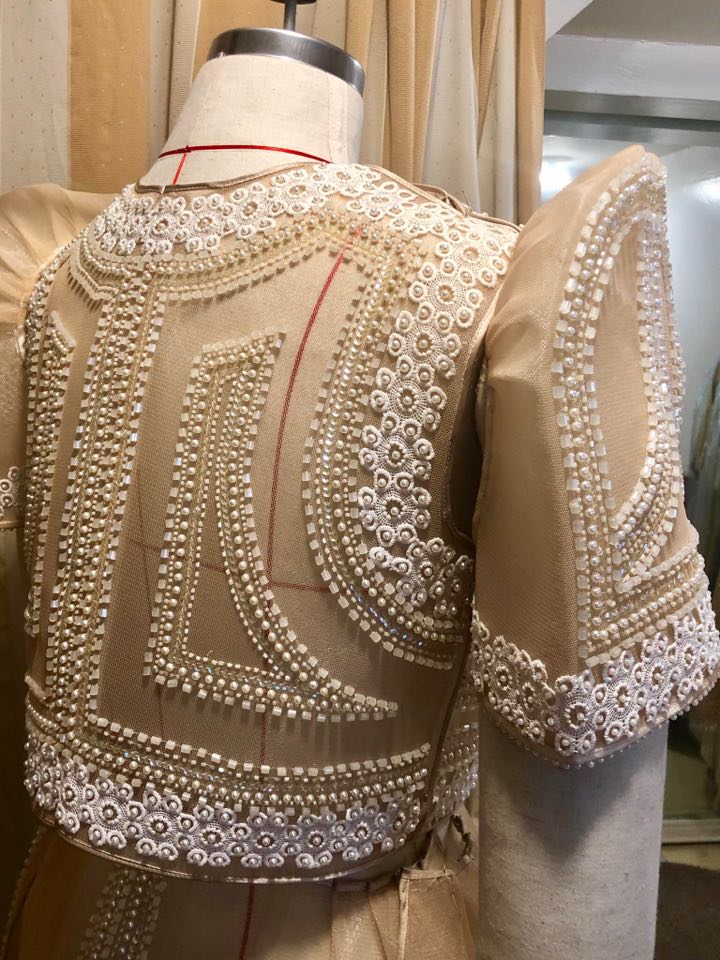
Noel Crisostomo
“When I design a terno, I always follow these three rules: it has to be feminine, graceful, and refined. What a true modern Filipina should be.
“The mestiza dress has gone through an evolution, from the baro’t saya and Maria Clara in the 1800s, to the modern-day terno with flat and upright butterfly sleeves. And, as we all know, it’s all about the sleeves. When the terno is fitted well on the shoulders, it gives the woman a sense of grace, power and elegance.
“The sleeves have to be done well, sitting on the shoulders perfectly. Wearing the terno these days have become chic, current and quite stylish. And it need not be limited to Philippine-themed events. I always encourage my clients to venture beyond such events while wearing a terno.
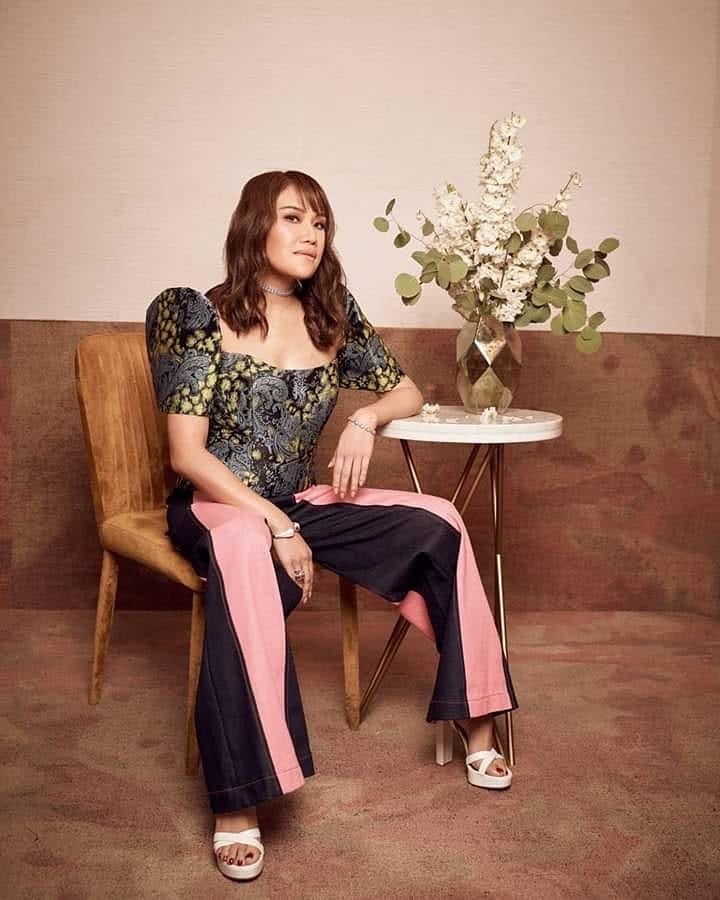


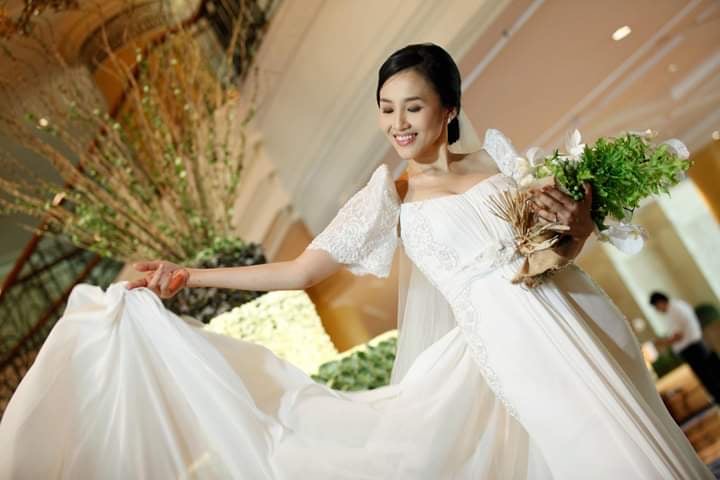
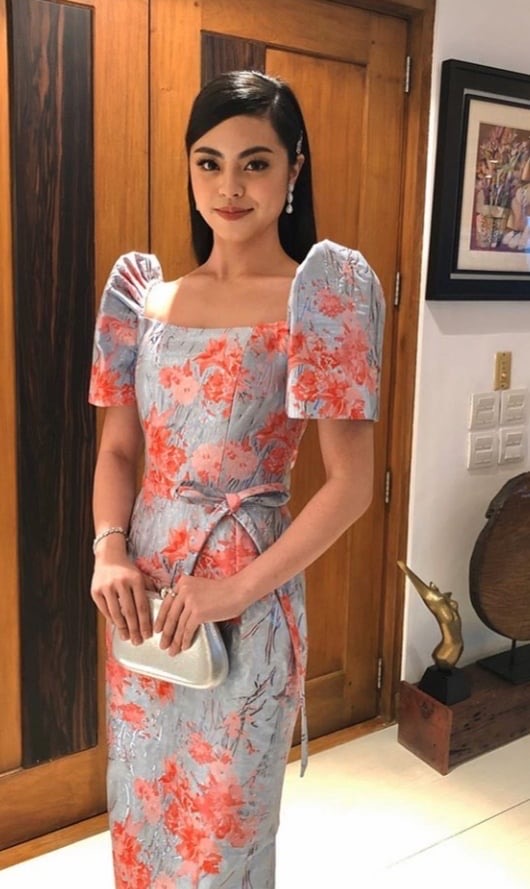

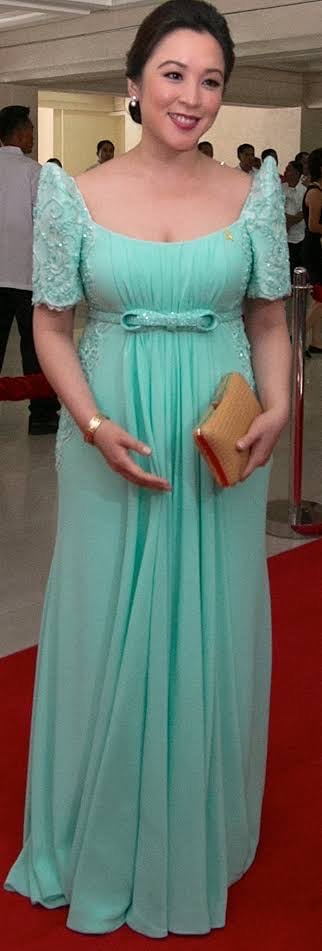
Ivar Aseron
“The terno is special because it can easily and successfully adapt to modern styles while keeping its cultural roots, thanks to its butterfly sleeves, which are uniquely Filipino. A well-made terno gives the wearer regal elegance.
“These are just my observations: the terno limits mobility of wearer’s arms, does not allow her to sit back comfortably, and it takes up a lot of space in storage. The terno may be all these, but considering what it gives the wearer, all these are just little inconveniences.”
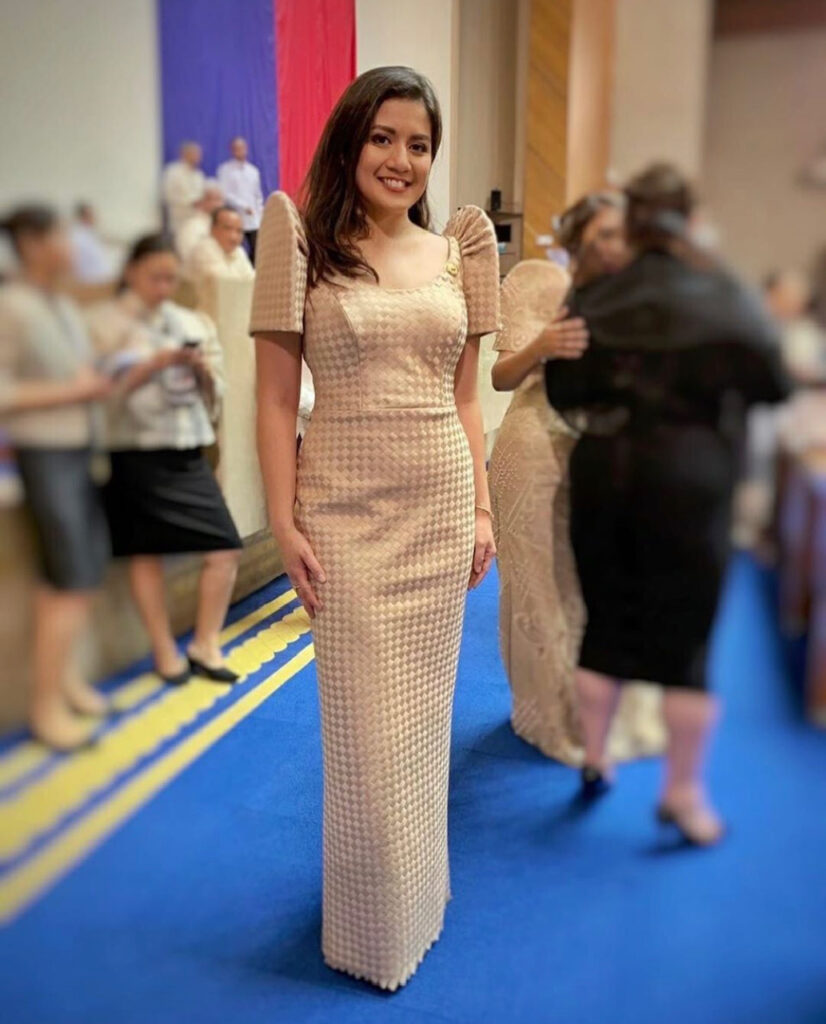
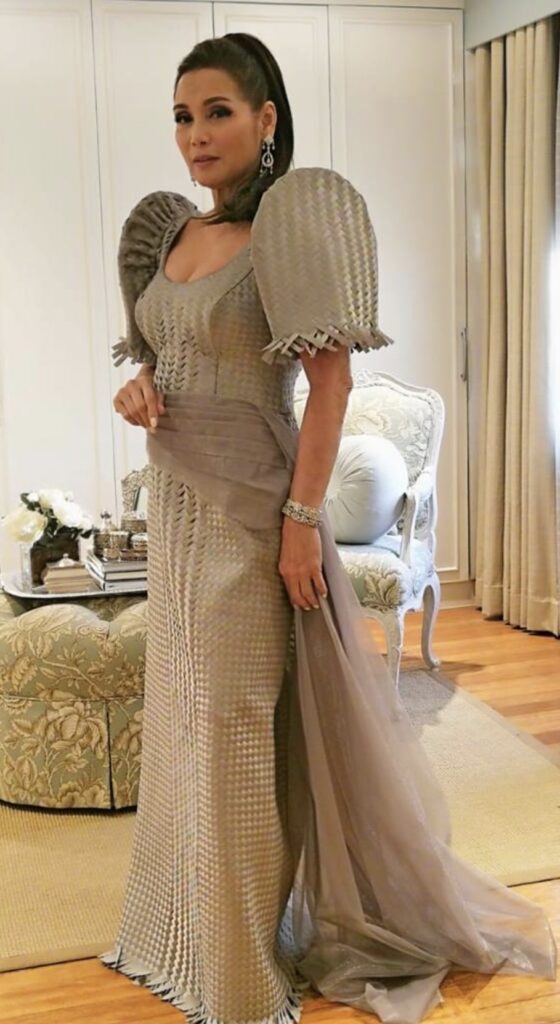
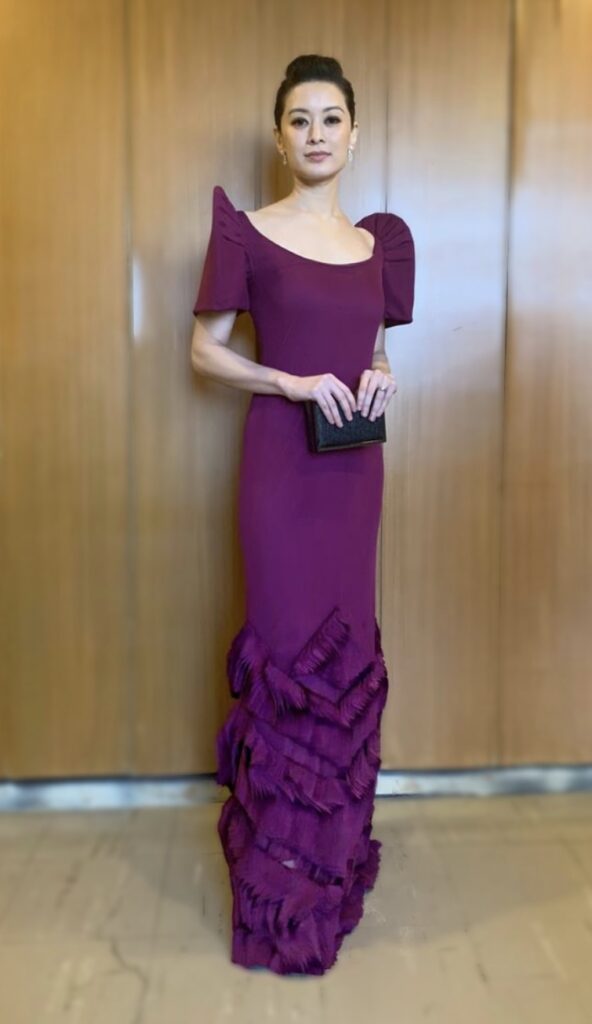
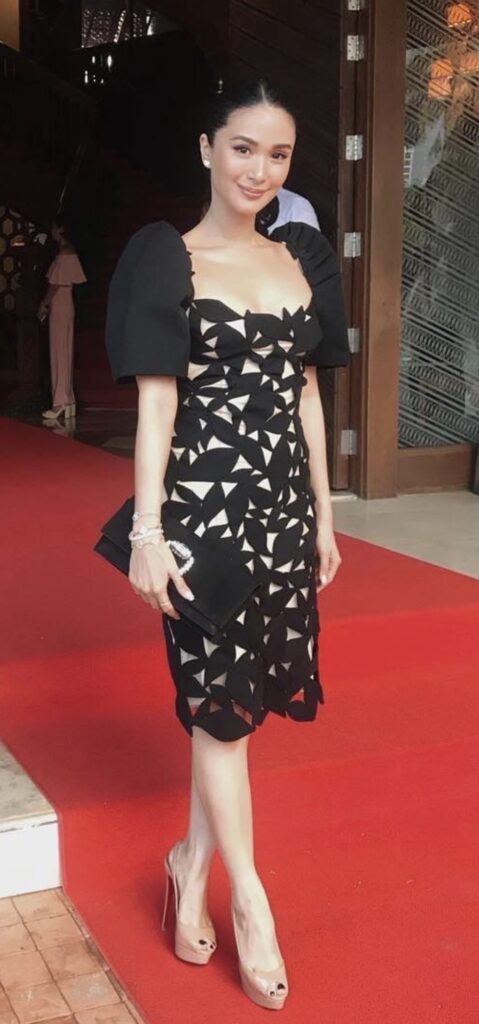
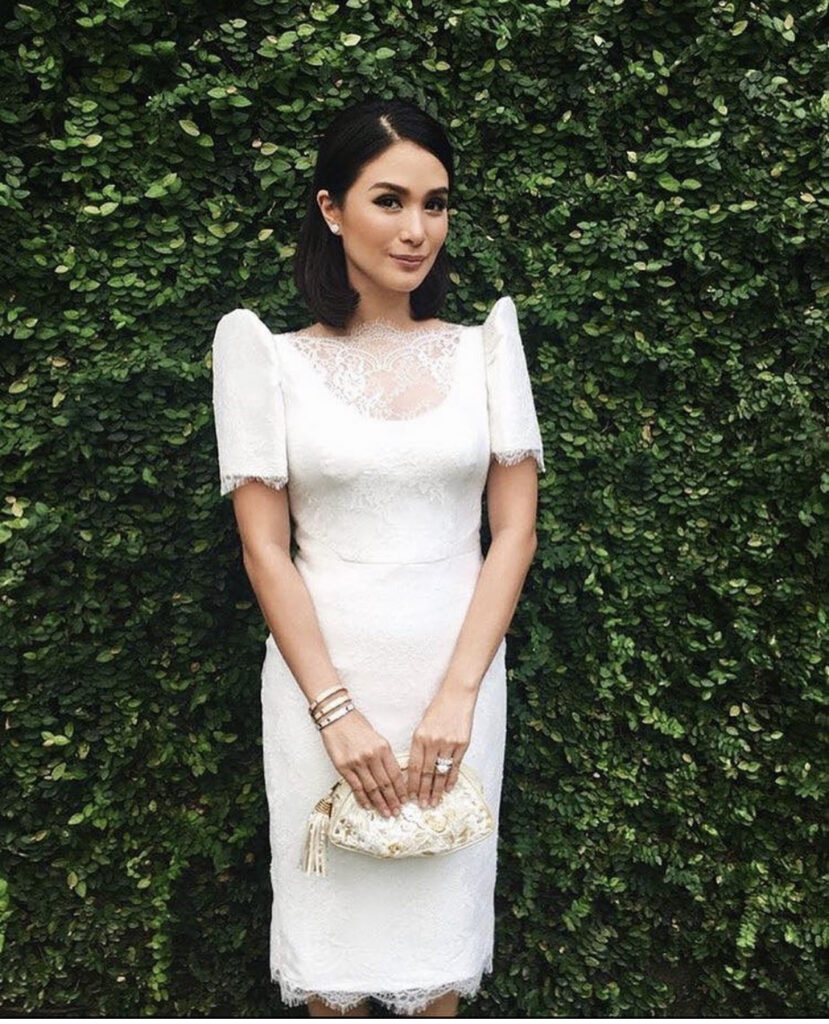
Pablo Cabahug
“All cultures are defined by the arts—be it visual arts, architecture, music, dance, literature and costume. Your national identity is given prominence by a distinct dress form and, for me, the most stately for Filipino women to wear is the terno, the modern interpretation of the baro’t saya. As such, the wearer is given an identity that is uniquely Filipino.
“Again the stately appeal and regal posture it presents make women feel confident, fashionable and, to a great extent, beautifully Filipina.
“I dont agree that the terno is difficult to wear. Ternos should be a tradition, which we should always promote in the fashion industry. If you look at it, it’s really quite easy to wear compared to other national dresses and it instantly gives the wearer a certain stature.”

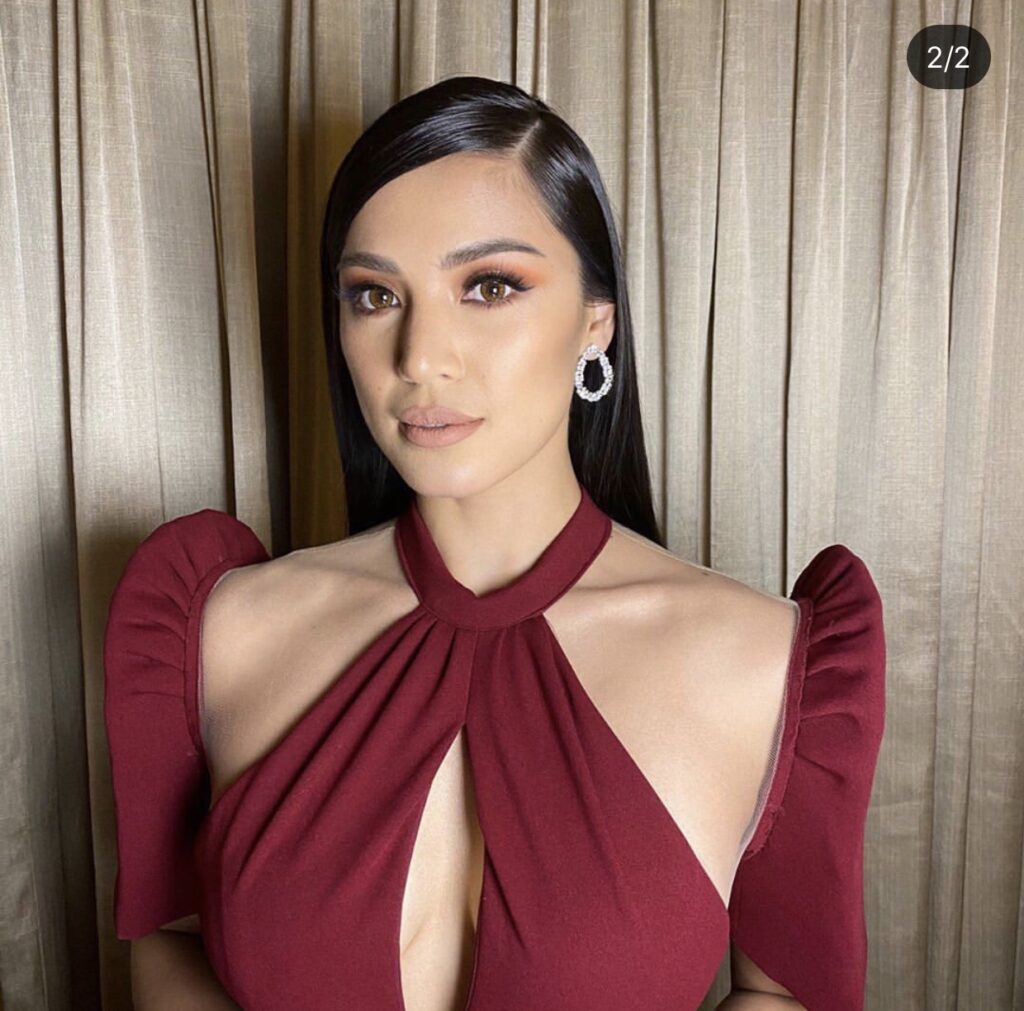
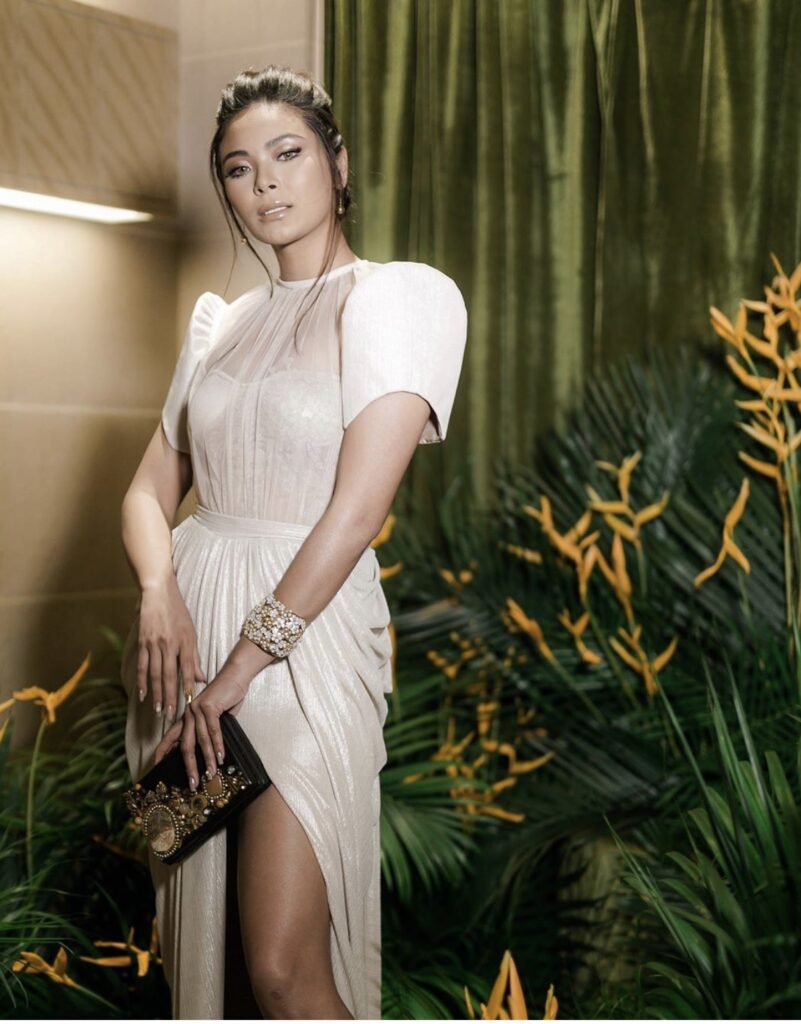
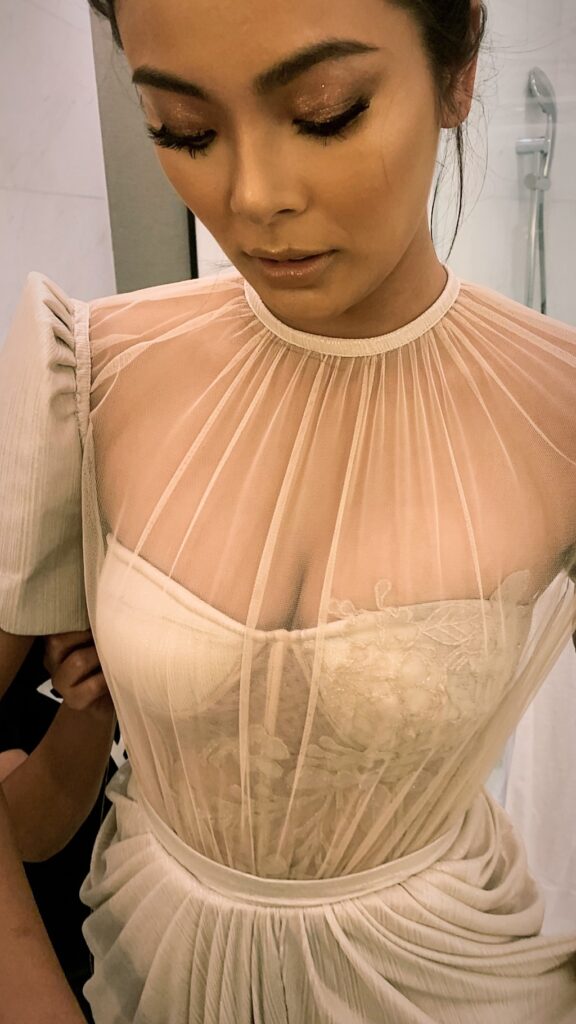
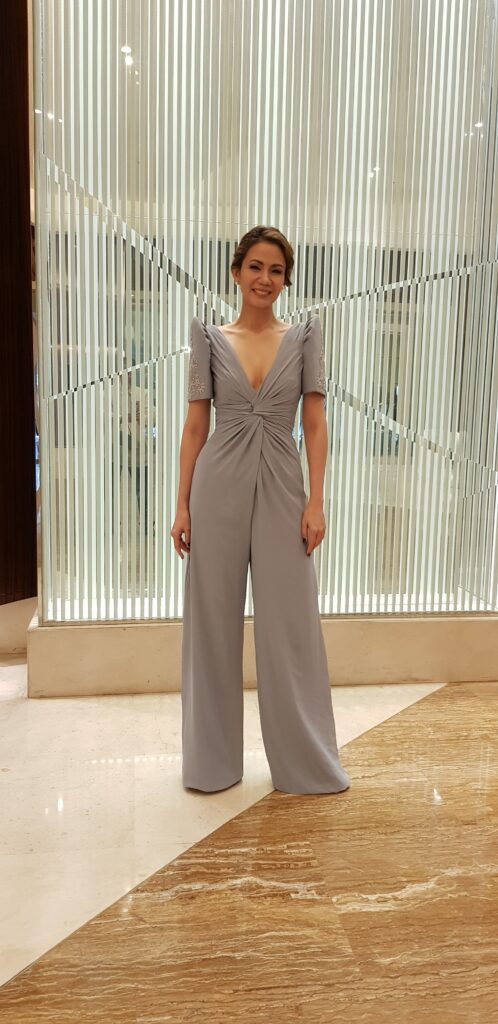
Lulu Tan-Gan
“The national Filipino costume is the Maria Clara or baro’t saya, the hybrid of Filipino and Spanish clothing styles. Ramon Valera, our National Artist for Fashion Design, evolved the Maria Clara’s wide bell sleeves into the butterfly sleeves that we know today.
“The terno is actually a long western dress with an open neck, worn shaped to the body. Oftentimes, the long dress is draped, embellished and zipped at the back. The sleeves’ length are just above the elbows, constructed in a solid and rigid manner, which restrict arm movement.
“But this long feminine gown, in between the rigid pair of tall butterfly sleeves, creates a certain air of nobility and elegance. The terno reflects the Filipino women, western in appearance, but eastern in values and restrained elegantly, in many ways. Wearing one’s national dress always reflects one’s identity, one’s pride.
“In a formal, traditional or national event, the invitation will request the guests to wear either the national costume: baro’t saya, the terno, or Filipiniana, contemporary Filipino fashion (Filipino-inspired or utilizing indigenous fabrics).
“It all depends on the occasion, the baro’t saya is gorgeously beautiful but might be too costume-y. The elegant terno is not easy to move around in. Though the contemporary indigenous fashion is designed to be comfortable.
“What is not practical is the cost, the handling and care. Our indigenous fabrics might be expensive, as it is purely hand-made. If one is on a budget, one can use a Filipino-inspired design, using modern fabrics.”
“But if one values tradition, supports sustainable fashion, cares about our endangered artisans and crafts, the cost becomes secondary. In the long run, it becomes an investment, as Filipino fashion is timeless.”


